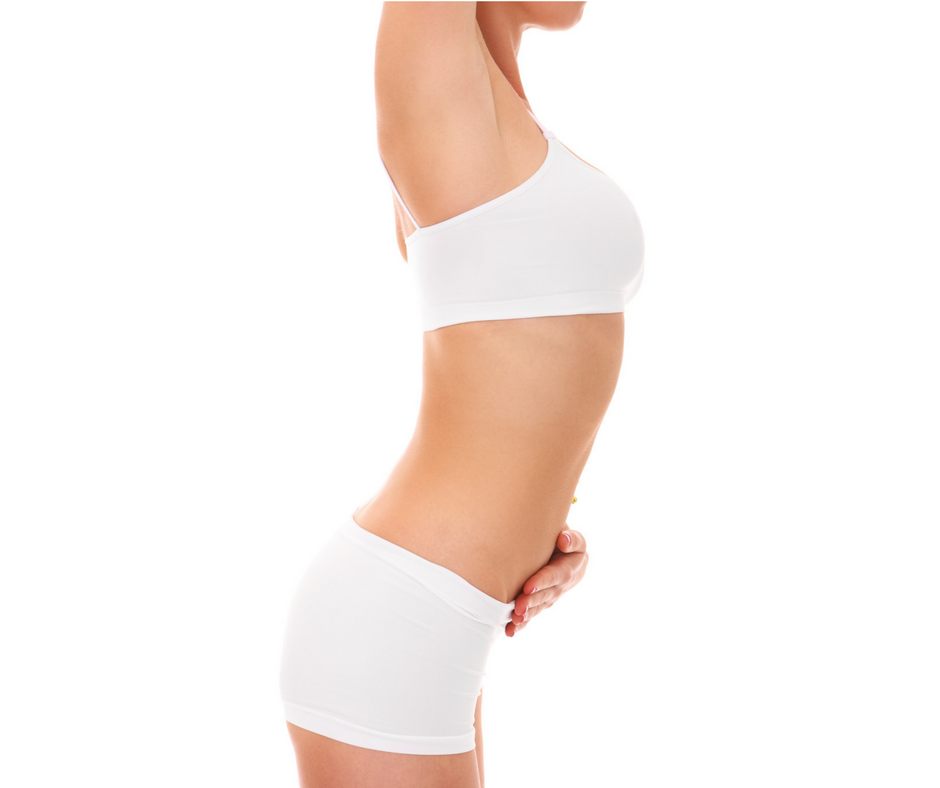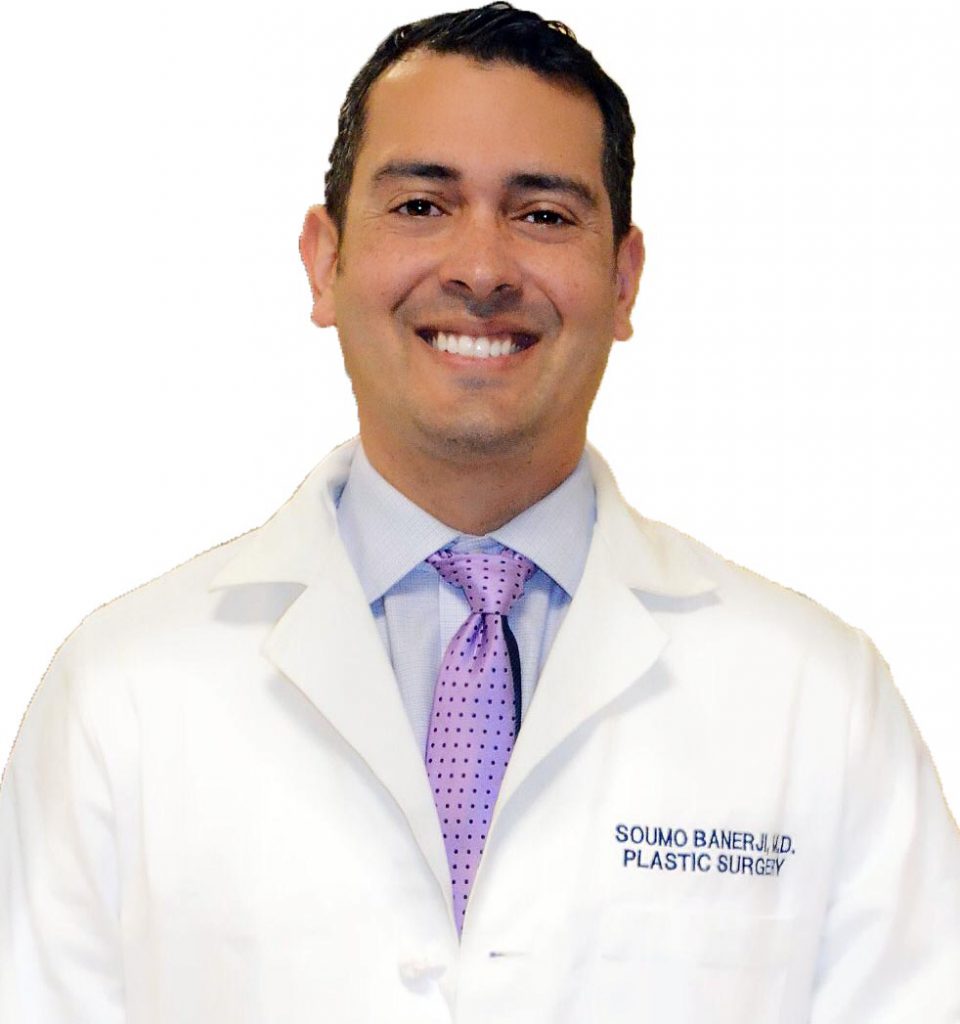Liposuction: Background and Safety
After the Holidays many of us are feeling like we over-indulged and need to lose some inches and pounds. Often this involves the New Year’s resolution to get back to the gym – A recent article on NBC showed a 40% increase in gym traffic and membership in January, with most quitting after 14 days. It can also be new fad diets (Low carb, Paleo, Baby food). Or it can be a consult for liposuction and/or surgery. I believe that all 3 (diet, exercise, surgery) are important and each has a role in getting people to achieve their goals of being healthy, fit, and looking good. The optimal candidates for liposuction are at a stable weight and are overall satisfied with their body shape but have stubborn area(s) of fat deposits that do not respond to diet and exercise.
Liposuction is the most common surgical procedure performed in the U.S., with close to 350,000 procedures performed each year. Liposuction technology and safety have steadily advance over the past 30 years, with an abundance of literature to guide best-practices and safety measures.
At HPRS we ensure safe surgery, including liposuction, to ensure that all of our patients have the best outcomes. Our facility is certified by AAAASF to meet national safety standards, and our procedures are performed by our physicians who have all undergone Plastic surgery training and are credentialed at hospitals for the same procedures. All patients are evaluated by our surgeons and anesthesia providers to evaluate their risks for surgery/anesthesia, and preoperative testing and consultations are ordered as needed. Intra-operatively we utilize fluid-warming strategies and patient warming devices to prevent hypothermia during surgery, sequential compression devices (SCDs) for thromboembilic (DVT/PE) prevention as well as early mobilization. Also, depending on our preoperative assessment, some patients may also be given blood thinning medication such as lovenox to further reduce the risk of DVT/PE.
In summary, liposuction is the most common cosmetic surgical procedure in the U.S. There have been a number of advancements in the decades since it was first introduced which have refined the outcomes of the procedure, improved its safety profile, and improve the patients’ overall outcomes.
Soumo Banerji, MD



Leave a Reply